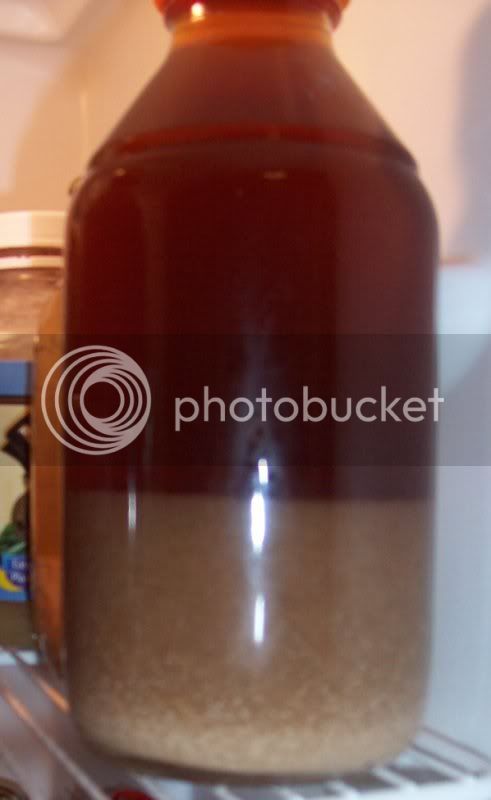Thanks for this excellent writeup. Instructions are well written and helpful, and the photos made everything clear to this novice.
I washed the yeast from my first batch - Scottish 60 shilling, using a Wyeast British Ale 1098 - and pitched it into the second - a slightly modified Cream Ale. Both batches were kits from Northern Brewer. The second batch is bubbling away, so it must have worked!
I washed the yeast from my first batch - Scottish 60 shilling, using a Wyeast British Ale 1098 - and pitched it into the second - a slightly modified Cream Ale. Both batches were kits from Northern Brewer. The second batch is bubbling away, so it must have worked!














































![Craft A Brew - Safale BE-256 Yeast - Fermentis - Belgian Ale Dry Yeast - For Belgian & Strong Ales - Ingredients for Home Brewing - Beer Making Supplies - [3 Pack]](https://m.media-amazon.com/images/I/51bcKEwQmWL._SL500_.jpg)











